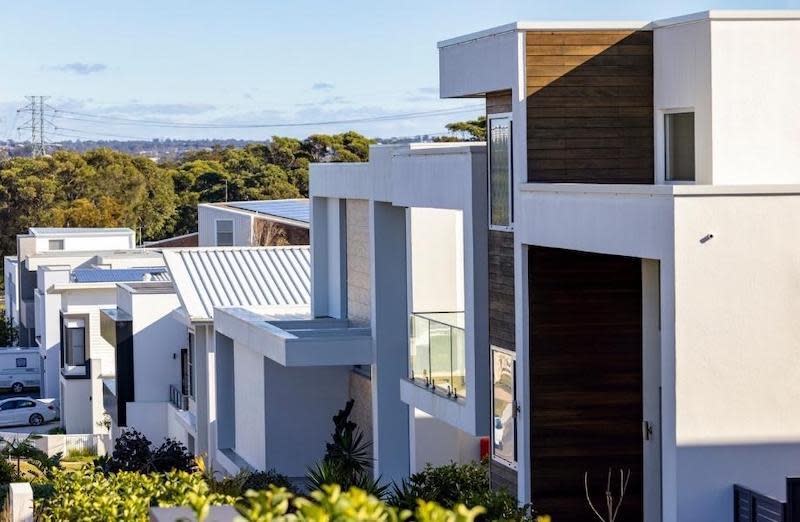More Pain After RBA Hikes Rates Again`

The Reserve Bank of Australia has raised the cash rate by another 50 basis points, hitting millions of Australian homeowners in the hip pocket for a fourth month in a row.
In raising the rate to 1.85 per cent, largely as predicted, Reserve Bank governor Philip Lowe said the board placed a high priority on the return of inflation to the 2 to 3 per cent range over time, while keeping the economy on an even keel.
“The path to achieve this balance is a narrow one and clouded in uncertainty, not least because of global developments,” Lowe said after a meeting of the board.
“The outlook for global economic growth has been downgraded due to pressures on real incomes from higher inflation, the tightening of monetary policy in most countries, Russia's invasion of Ukraine and the Covid containment measures in China.”
Australia’s inflation was 6.1 per cent over the year to the June quarter—the highest since the early 1990s.
Lowe said that although global factors explained much of the increase in inflation, domestic issues were also playing a role.
“There are widespread upward pressures on prices from strong demand, a tight labour market and capacity constraints in some sectors of the economy. The floods this year are also affecting some prices,” he said.
Today’s decision means homeowners on a variable mortgage rate can expect to pay thousands more each year in interest, according to Finder, the comparison website.
Finder head of consumer research Graham Cooke said the combined cash rate hikes would cost the average Aussie homeowner an additional $610 a month compared to what they were paying in April.
“Rising interest rates, soaring inflation, energy prices and the general cost of living are already squeezing household budgets,” he said.
“This latest hike could cost the average mortgage holder a whopping $7300 extra per year compared to what they were paying in April.”

CoreLogic’s research director Tim Lawless expected today’s rate hike to flow through in its entirety to variable mortgage rates within days.
“Higher interest rates have already had an immediate downside impact on housing values, with CoreLogic’s combined capital cities index peaking shortly after the first rate hike in May,” Lawless said.
And he warned most banks were forecasting the cash rate could rise at least another 75 basis points before peaking.
“With this in mind, the decline in housing values is expected to become steeper and geographically more widespread,” he said.
A Finder survey last month found that 18 per cent of mortgage holders had refinanced their home loan in the past six months and about the same percentage said they planned to do so in the coming six months.
But the managing director of the Finance Brokers Association of Australia, Peter White, warned borrowers that switching lenders could prove expensive.
“We know from our research last year many mortgage holders were not prepared for this and will now be under financial stress,” White said. “This will cause them to look at refinancing options, which is a reasonable solution for some.
“Nothing is free and cheaper doesn't always mean better,” he said.
“It can be very costly to switch lenders so you should have all of the facts first. If the increase is creating financial hardship their first call should be to their lender who has the power to help them.”
The RBA said a key source of uncertainty continued to be the behaviour of household spending.
“Higher inflation and higher interest rates are putting pressure on household budgets,” Lowe said. “Consumer confidence has also fallen and housing prices are declining in some markets after the large increases in recent years.”
But on the plus side, he said, people were finding jobs and obtaining more hours of work.
“Many households have also built up large financial buffers and the saving rate remains higher than it was before the pandemic.”














